The Correct Way To Hold A Camera
Are you like so many others, holding your camera incorrectly? It's ok. It happens! Watch this video to learn the correct way to hold your camera. https://www.youtube.com/watch?v=4j8Jzx2vp5k
Are you like so many others, holding your camera incorrectly? It's ok. It happens! Watch this video to learn the correct way to hold your camera. https://www.youtube.com/watch?v=4j8Jzx2vp5k
I was recently in Palouse, Washington on a big photography trip with a group of friends. While on the road I wrote up a pretty detailed article on how I…
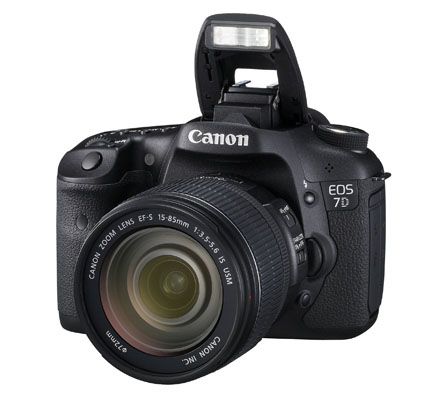
I was all set to begin this review with a diatribe about all the negatives pertaining to movie shooting and Live View, but then thought better of it and opted to take the journey into 7D-dom with a positive foot forward.
When you look at the real meat and potatoes inside this machine, you’ll discover, as I did, that when you peel back the movie capture veneer, the Canon EOS 7D is a very capable DSLR. That’s especially true when it comes to capturing breaking action, owing to a highly responsive, albeit not flawless, AF system coupled with an even more responsive shutter release. There-I took the high road. Too bad Bob Hope isn’t around to do the movie version: “The 7D Road to Bali, the Musical.“ I could even write the music and lyrics. (more…)
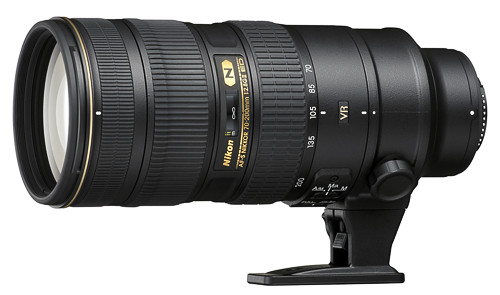
The preferred “workhorse” among many professional photographers since 2003, Nikon’s AF-S 70-200mm f/2.8G ED VR model was also my favorite lens in the Nikkor series. It was just about perfect in all aspects, except for some slight corner softness at wide apertures with a full-frame digital SLR. Some reviews also mentioned less than ideal flare control, but frankly, that was nit-picking. In any event, Nikon has replaced that earlier model with a new VR II-designated version boasting a superior optical design, more effective VR stabilizer plus some other benefits.
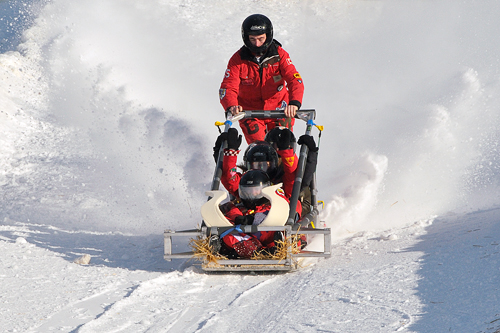
An f/2.8 lens is desirable for several reasons. The very wide maximum aperture allows for faster shutter speeds than the more typical f/4.5-5.6 zooms. That’s valuable in low light or action photography, allowing us to use lower ISO levels for superior image quality. A maximum aperture of f/2.8 also allows more light to reach the AF sensor for faster autofocus. And AF is maintained even when a 1.4x or 2x teleconverter is used. Granted, this 70-200mm f/2.8 lens is very large and heavy, but it’s built to tolerate pro-level abuse and it’s also dust- and moisture-resistant. (more…)
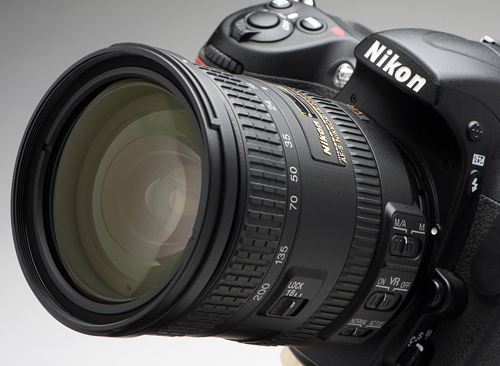
One of the best selling Nikon lenses, the original 18-200mm VR model was a very competent performer but it has been replaced with a newer zoom that offers several benefits. The latest incarnation includes the best of its predecessor but gains improved Super Integrated Coating for better flare control, and features to prevent zoom creep. As a bonus, the diaphragm is equipped with more blades allowing for a circular aperture at many f/stops. This aspect allows the lens to render out-of-focus highlights as circular for a more pleasing “bokeh”.
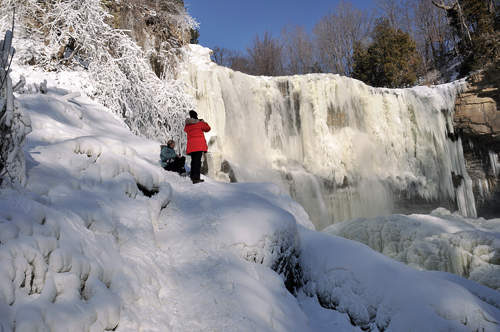
While this “all-purpose” zoom may be ideal for families who simply want nice pics, it’s suitable for more serious photographers as well. As the price (about $750 in the US) should suggest, this is a premium-grade 27-300mm equivalent lens. The most expensive in its category, the Nikon model is also one of the largest/heaviest. That’s understandable because of the solid construction, two Extra Low Dispersion (ED) plus three aspherical elements for superior image quality, a remarkably effective image stabilizer plus very fast ultrasonic Silent Wave focus motor. (more…)
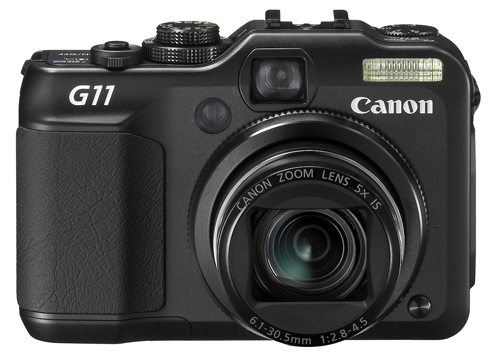
One of the top rated digicams on the market, the 14.7 megapixel PowerShot G10 was recently replaced by the G11, with lower resolution said to provide superior image quality. The G10 was definitely an ideal second camera for serious photographers. In fact, this is the one that many of the pros carried when we went out for dinners while working at a week-long photo seminar in Dubai. (Also see Jack Neubart’s Canon PowerShot G10 Review here at Photocrati.com)
After testing the G10, I fell in love with that camera and bought one for my own use. While it received rave reviews about its conventional controls and low ISO quality, most test reports complained about its high ISO performance.
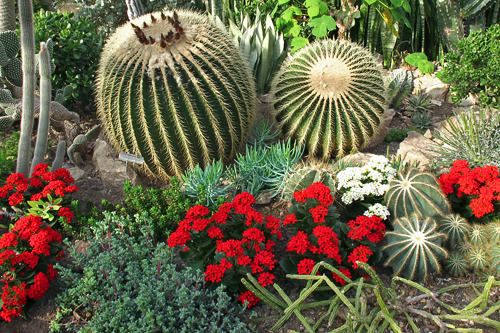
In my own review for a Canadian magazine, I made the following comment about the G10: By ISO 800, images made in low light are still very sharp but very grainy although that’s not a problem in 5×7″ prints. At higher ISO, JPEG quality really suffers due to speckling and some smearing of fine detail by Noise Reduction processing. At ISO 800+, slightly better results are possible with Raw capture since Noise Reduction and Sharpening can be set to the optimal level in the converter software.
Most technical experts indicated that the problem was caused by the excessively small pixels (photosites). Apparently the engineers at Canon agreed since the company responded by replacing the G10 with the G11, with substantially lower 10 megapixel resolution provided by a new High Sensitivity sensor. That step made sense of course, since it allowed for larger photosites – with greater light gathering ability – for superior results at high ISO. (more…)
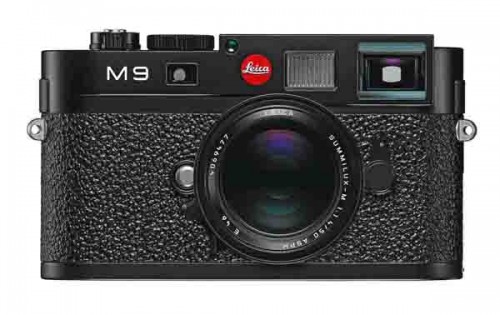
It has been a very long time since I last worked with a rangefinder camera. And likely just as long since I last had the distinct pleasure of working with a Leica, although, as I recall, that was an SLR. The one thing that did stand out in my mind was how crisp the images were that came out of the Leica lenses I used.
Given that digital is, in a sense, a more complex image-forming process involving any number of variables mediating from the moment of capture on an imaging sensor and in-camera processing until the final image springs to life, I’m not sure that we’ll ever see quite the same quality, regardless of the lens or camera, or sensor. And yet we as photographers still manage to evolve our art with the technology and find ways to take that technology to new levels of creativity and bring new heights of awareness to every moment and scene we capture with our cameras.
The Leica M9 brings to mind my very first camera, the one that my dad bought me when I was a wee lad, and which he wouldn’t let me use for some years, afraid I’d break it (okay, I eventually did-but it wasn’t my fault, dad, I swear). So I bided my time and when the New York World’s Fair of 1964/65 rolled round, I finally got the chance to take the camera out on my own.
I loved that 35mm camera-a Neoca (Japanese top to bottom). It was no Leica by any stretch of the imagination. Didn’t even have a light meter inside. But it was a rangefinder. And what I remember about that rangefinder is that I was never entirely comfortable using it-I just didn’t feel it gave me the speed I needed or the certainty. And that’s still how I feel about rangefinder focusing. (However, I’m certain that many of you may feel just the opposite and would take a rangefinder over autofocusing or any other type of focusing any day of the week.)
And that brings us full circle to the M9, a full-frame, 18MP CCD digital camera featuring coincident-image rangefinder focusing-with the added benefit of interchangeable Leica lenses. (more…)
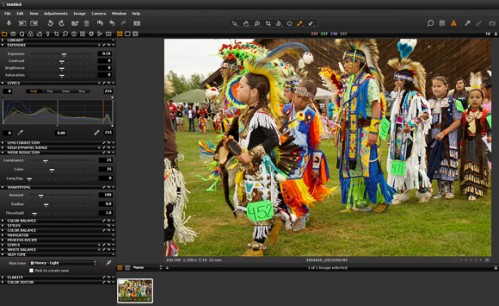
Better known for its medium format cameras and digital backs, Phase One -based in Copenhagen, Denmark with offices in New York – is also a software developer. The company’s powerful Capture One program has been available for several years, and was recently upgraded to version 5 with additional tools for even greater versatility. Capture One is described as a workflow package since it offers a full suite of options: control over a tethered camera, image importing, editing and final output. Because it would be impossible to review all aspects in less than 5000 words, I decided to test my own favorite feature of Capture One Pro 5: its RAW file enhancing and conversion capabilities.
Do note that there are two versions of the Phase One 5, Standard and Pro. (For full specifics about the differences, see http://www.phaseone.com/comparison .) Since 5 Pro offers far more editing tools – including some that are unique – I decided to try this more impressive program. Although I worked only on RAW files produced by an EOS 7D and Nikon D700, Capture One supports the RAW formats of all brands of cameras. Also, some of the software’s editing tools can be applied to JPEG and TIFF files if desired, for making non-destructive adjustments. (In the latter respect, Capture One is similar to software such as Lightroom and Aperture.) (more…)
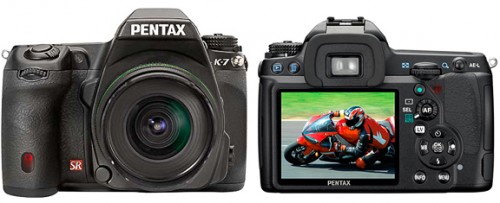
The flagship of the Pentax DLSR series, the K-7 is an unusually rugged semi-professional 14.5 MP camera that’s built like a tank: with a splash-proof magnesium alloy body over a stainless steel chassis. While the 14.5 megapixel K20D is less pricey, the K-7 is even more desirable. This newer model retains all of the K20D’s best features but provides significant benefits: faster (5.2 fps) drive speed, larger 3″ LCD with 920,000 dot resolution, a viewfinder with 100% coverage, plus upgrades for the sensor, processor, autofocus system, built-in image stabilizer and evaluative metering (now with 77 zones). More importantly, the K-7 offers some entirely new functions, including HD Movie mode. (more…)
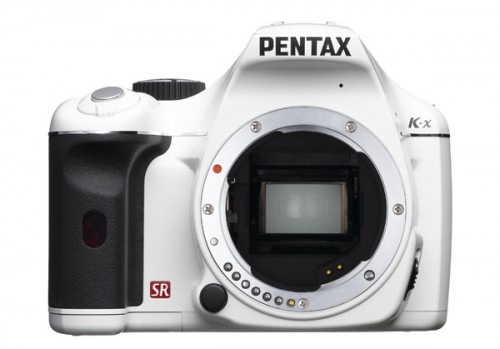
I approach each new camera with a degree of skepticism. Unlike many out there, I’m not as easily swayed by all the media hype and promotional gobbledygook. I’m from Brooklyn and we need to see that something actually works. So when the Pentax K-x arrived, I looked at it, pleased that they sent me the “white” version, only because it reminded me of the Imperial Storm Troopers from Star Wars (would have been a great fit). I unpacked everything, mated the lens to the K-x body, installed the lithium batteries that came in the box, then added my own SDHC card-none included (also takes standard SD-but why hamper the machine out of the gate!). And I started to play with it.
Hmm, not bad, I thought. But let’s see how it performs in the real world. So, intrepid explorer that I am, I ventured outside. It may not be a tropical rain forest, but it is an urban jungle out there rife with photographic opportunities. (more…)